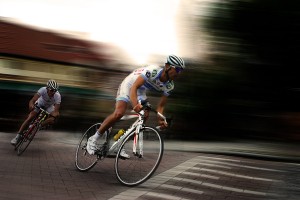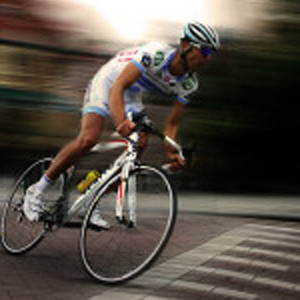It’s a balmy summer evening. The sun is just starting to set over your right shoulder while you’re making your way back home for dinner. It has been an awesome day and it was just topped off with a nice evening ride. Then it hits you. Square in the eye. A bug. It hurts and you try and get it out. You maybe did but it feels like it’s still in there. Maybe now down in one of your eye corners waiting to be taken out when you get home with a mirror. There are a few ways to keep bugs out of your eyes while cycling but the trick is to employ one of them before a bug actually hits you in the eye.
Times of Day
Mid-day you probably don’t have to worry too much about bugs. You may get the random insect or bee but you probably already have your sunglasses on since it’s bright out. The mornings however and definitely evenings are the times when you have to watch out. Never leave home without one of the below preventatives otherwise you’ll be squinting your way home.
Ways to Keep Bugs Out of Your Eyes While Cycling
Sunglasses
There are a few different ways to keep bugs out of your eyes while cycling. Chances are good that you will always be riding with sunglasses so this will be a big help especially if you leave on a ride in the afternoon and don’t plan for a buggy return. Make sure you have a pair that covers your eyes enough however so they can’t find their way behind the lenses.
Clear Sunglasses
If the sun’s already starting to set and you’re just heading out for a quick ride, you probably won’t be wearing sunglasses. Clear glasses are your ticket on a ride like this. They will keep bugs out of your eyes while still letting you see normally. A good option is to get a pair of sunglasses with different lenses. Three different ones is fairly standard so look for at least that in your next pair. They’re also a good option in the rain.
Sunglasses in Your Helmet
If you’re out riding before it gets buggy with regular sunglasses and then need to take off your glasses to see as it’s getting dark, you will probably get a bug in your eye. There are two solutions here. The first is to see if your glasses can fit into the front of your helmet but protrude out above your eyes. You will need to tilt your head down but this will act as a shield against them. If your helmet doesn’t allow for your glasses to be inserted into the vents, you can place them on your forehead, slightly above your eyes. It won’t be super effective but it will be better than nothing.
Cycling Cap
If you don’t want to wear glasses the next best option is to wear a cycling cap. You however need to make sure it is pulled down with the brim just above your eyes. You will tilt your head slightly forward but will still be able to see. As with rain, bugs will hit the brim and not go into your eyes.
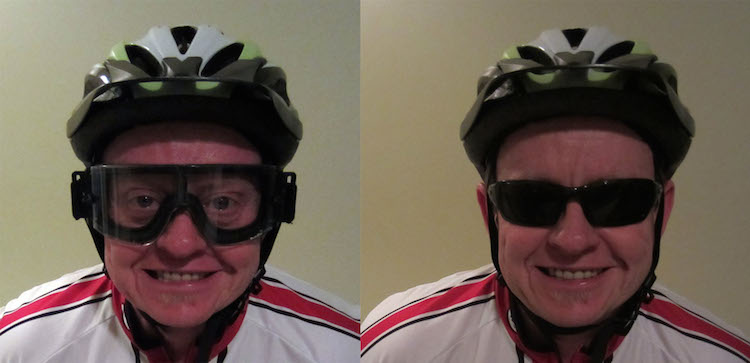
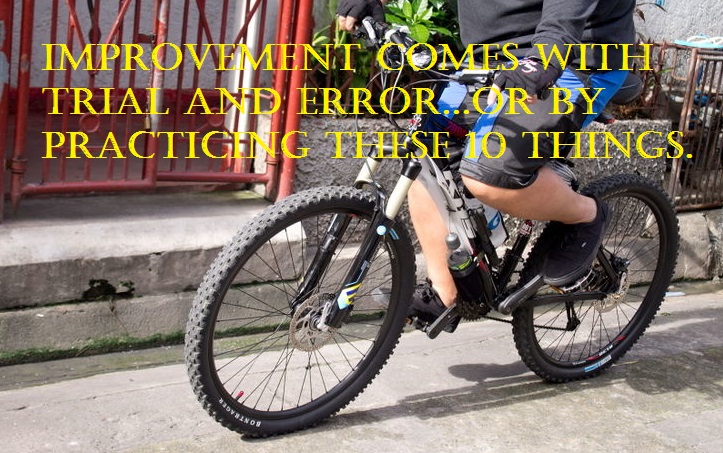
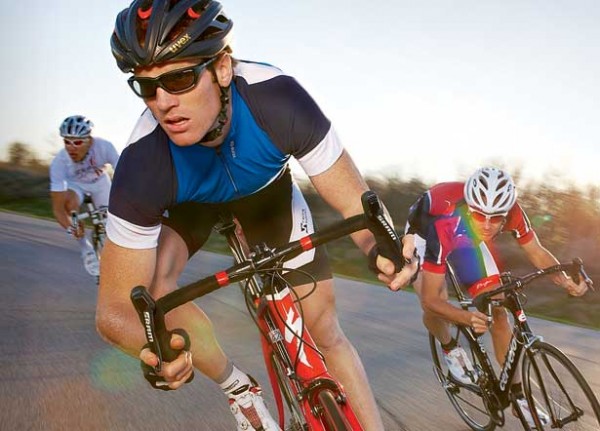 When you first start out as a biker there are several things you can only gain from experience. There are other things that feel like a well kept secret that once you know, makes riding so much easier on you. Here’s some of the top cycling secrets.
When you first start out as a biker there are several things you can only gain from experience. There are other things that feel like a well kept secret that once you know, makes riding so much easier on you. Here’s some of the top cycling secrets.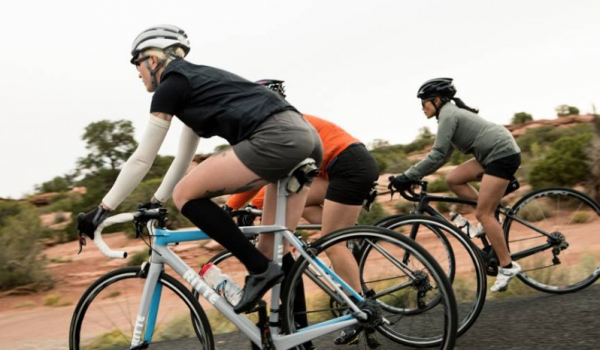 There’s a reason the term “rookie mistakes” exists. Every beginner, regardless of sport, is bound to make a few mistakes at the outset. Experience takes time, but with some preparation, it’s possible to avoid some of the more common mistakes made by cyclists early on. To give you a head start, here’s a list of ten things many bikers wish they’d known before they hit the road.
There’s a reason the term “rookie mistakes” exists. Every beginner, regardless of sport, is bound to make a few mistakes at the outset. Experience takes time, but with some preparation, it’s possible to avoid some of the more common mistakes made by cyclists early on. To give you a head start, here’s a list of ten things many bikers wish they’d known before they hit the road. 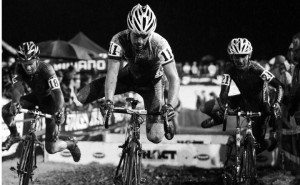

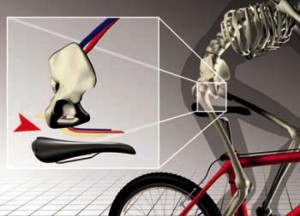 Does cycling cause impotence and erectile dysfunction? Before you freak out… studies have shown that cycling can decrease impotence as well as increase it depending on a few factors.
Does cycling cause impotence and erectile dysfunction? Before you freak out… studies have shown that cycling can decrease impotence as well as increase it depending on a few factors.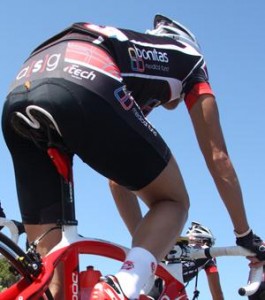 Moral of the Story
Moral of the Story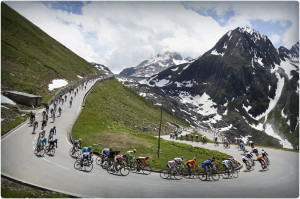 Get FREE SPEED and learn how to corner. Cornering a bike properly can save you massive amounts of energy and time. I have been working on cornering every ride since my last race… where I got destroyed on the downhill. So… what was I doing wrong?
Get FREE SPEED and learn how to corner. Cornering a bike properly can save you massive amounts of energy and time. I have been working on cornering every ride since my last race… where I got destroyed on the downhill. So… what was I doing wrong?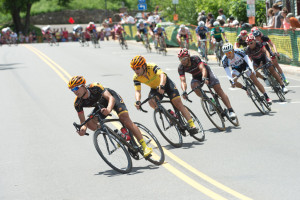 I am aggressive when it comes to cornering, too aggressive. I loose valuable speed because I do not brake enough before the turn which results in me having to brake in the turn. Braking in the turn actually makes the bike want to stand up on itself and straighten out, two things you are trying not to do. You end up fighting the bike and shedding more speed than necessary to make the turn safely.
I am aggressive when it comes to cornering, too aggressive. I loose valuable speed because I do not brake enough before the turn which results in me having to brake in the turn. Braking in the turn actually makes the bike want to stand up on itself and straighten out, two things you are trying not to do. You end up fighting the bike and shedding more speed than necessary to make the turn safely.
